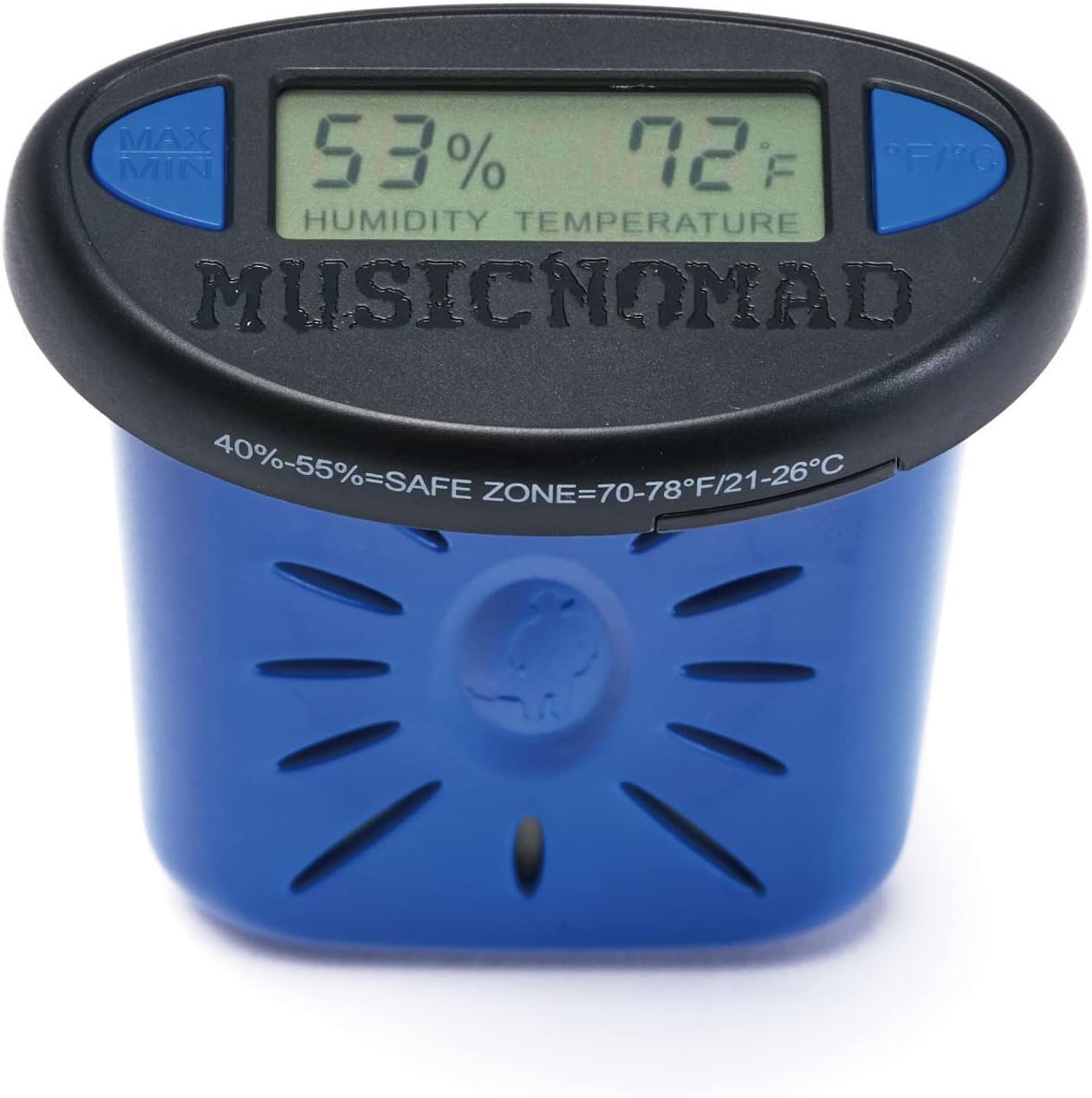Get Your Acoustic Guitar Ready for Winter
To protect your guitar during the harsh winter months, it's crucial to be aware of the potential dangers posed by extreme cold temperatures. Exposure to cold weather can lead to cracks in the varnish, especially when transitioning from freezing temperatures to warmer environments abruptly. While modern acoustic guitar finishes are more resilient, it's still advisable to avoid subjecting your instrument to freezing conditions. Conversely, abrupt temperature changes from warm indoor environments to extremely cold outdoor conditions can also cause problems.
Prevention is key in safeguarding your guitar. Always allow your instrument to gradually cool down or warm up with the case closed for at least an hour. If possible, avoid taking your guitar out in extremely frigid temperatures.
Here's a quick look at exactly how the winter weather can affect your guitar, and what you can do about it.
What Could Go Wrong
In the unfortunate event that your guitar's finish develops cracks, keep in mind that they are permanent but do not affect the instrument's playability or sound. These cracks only impact the appearance. Repairing varnish checking would require a costly refinishing job and could alter the original tone of the instrument. It's usually recommended to accept and live with these cosmetic imperfections.
Another concern during winter is low humidity, which can cause the bridge to lift due to shrinkage of the soundboard. Although this may sound problematic, it is actually a preventative measure that protects the guitar from more severe damage such as soundboard cracking. A qualified technician can easily repair lifted bridges.
Additionally, tension between the back and soundboard can lead to separation, resulting in internal buzzing and structural weakening. Repairing this issue can be quite expensive.
So, how do you avoid all this? By following some simple steps and taking a few precautions, you can ensure the safety of your guitar during winter.
How To Protect Your Guitar

- Invest in a quality hygrometer to monitor the humidity level in your guitar storage area.
- Additionally, consider investing in a room humidifier to humidify both the guitar and the room. While some people use small soundhole humidifiers, it is important to note that they contain only a small amount of water and need to be checked and filled daily in cold and low humidity areas. A room humidifier, on the other hand, is easy to use and maintain, with clear reservoirs for water level monitoring. Be cautious not to over humidify.
- If you have radiant floor heating, keep your guitar off the ground as the built-up heat can cause damage.
- Furthermore, always keep your guitar cased during winter months to avoid extreme temperature fluctuations and low relative humidity.
And, of course, always follow basic practices:
- Use common sense and avoid exposing your guitar to extreme cold temperatures.
- Allow your guitar to gradually adjust to temperature changes by keeping the case closed for at least an hour.
- Be aware of the risks posed by low humidity and take necessary precautions.
- If you encounter issues, consult a qualified technician for repairs.
By implementing these measures, you can keep your guitar in excellent condition throughout the winter season.
For a deeper look at winterizing your guitar, Larrivée Guitars has a great PDF guide to both Summer and Winter care for your acoustic guitar:

